
A paper from @lachlanjmc.bsky.social Lachlan Coin, not active here for the past month, on Using synthetic RNA to benchmark poly(A) length inference from direct RNA sequencing academic.oup.com/gigascience/...
04.09.2025 09:23 — 👍 9 🔁 2 💬 0 📌 0@sbotond.bsky.social
EMBL::EBI::EnsEMBL::Compara GitHub: https://github.com/botond-sipos Scholar: https://bit.ly/botond-sipos-scholar Substack: https://substack.com/@sbotond

A paper from @lachlanjmc.bsky.social Lachlan Coin, not active here for the past month, on Using synthetic RNA to benchmark poly(A) length inference from direct RNA sequencing academic.oup.com/gigascience/...
04.09.2025 09:23 — 👍 9 🔁 2 💬 0 📌 0
🚨 New preprint alert 🚨
We systematically benchmarked @nanoporetech.com 's modification-aware basecalling models released for RNA on sets of in vitro and in vivo sequences and made some curious observations 🧬🔍.
bit.ly/4lXqNul
Follow along for a little recap (1/12)
Claus Wilke on Alphafold and the problem of protein folding in 2025
13.07.2025 20:41 — 👍 18 🔁 6 💬 0 📌 0
Go 1.25 interactive tour
Go 1.25 is scheduled for release in August, so it's a good time to explore what's new.
#golang
antonz.org/go-1-25/
Excited to launch our AlphaGenome API goo.gle/3ZPUeFX along with the preprint goo.gle/45AkUyc describing and evaluating our latest DNA sequence model powering the API. Looking forward to seeing how scientists use it! @googledeepmind
25.06.2025 14:29 — 👍 219 🔁 82 💬 5 📌 10
New paper from the lab from Sriram Garg in my group. We introduce a general substitution matrix for structural phylogenetics. I think this is a big deal, so read on below if you think deep history is important. academic.oup.com/mbe/advance-...
11.06.2025 14:01 — 👍 95 🔁 52 💬 3 📌 2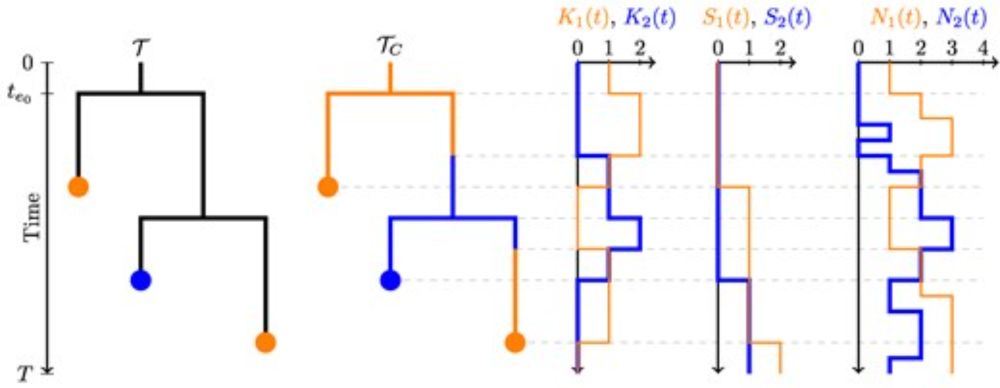
Vaughan & @tanjastadler.bsky.social develop a method to infer multitype population trajectories and apply it to MERS-CoV, revealing transmission patterns between camels and humans.
🔗 doi.org/10.1093/molbev/msaf130
#evobio #molbio #virus
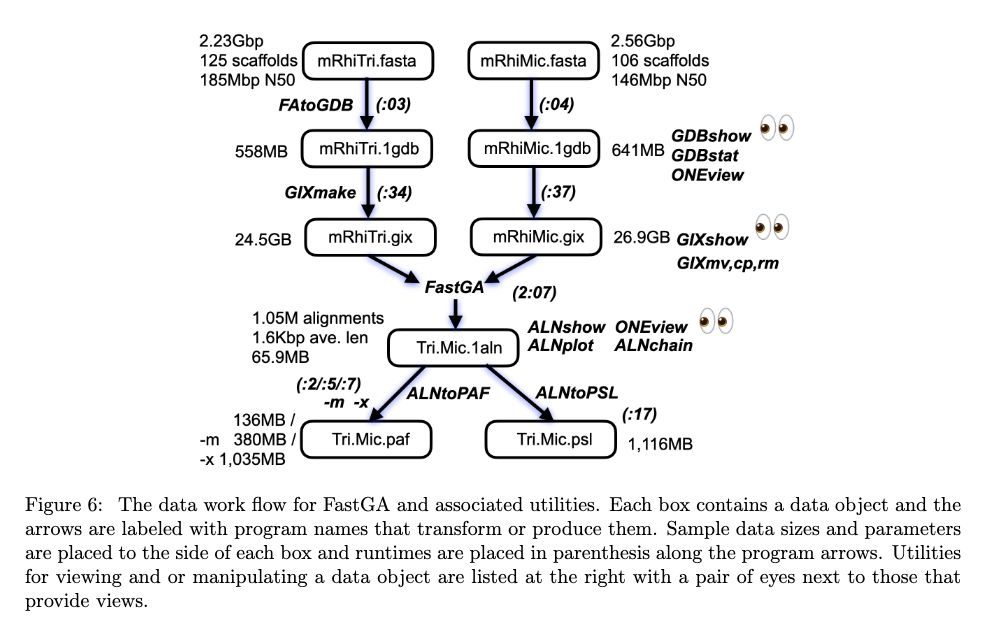
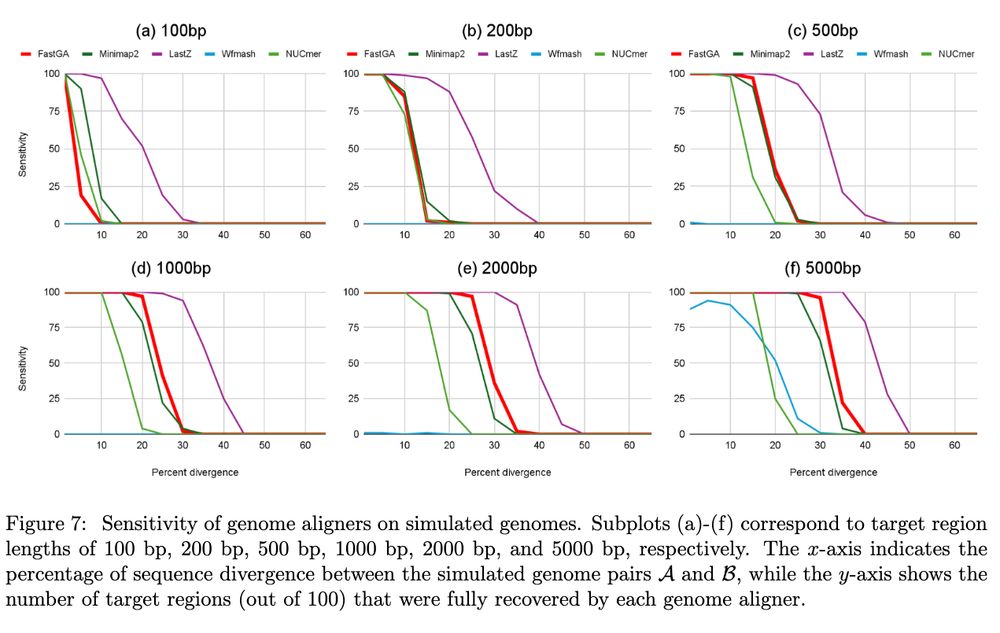

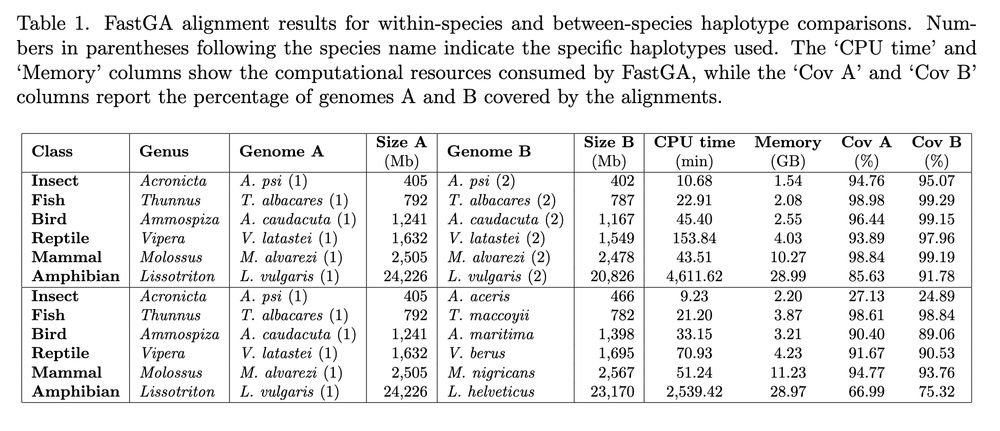
FastGA: Fast Genome Alignment www.biorxiv.org/content/10.1... 🧬🖥️🧪 www.github.com/thegenemyers...
20.06.2025 09:39 — 👍 26 🔁 9 💬 1 📌 1Powerful stuff from @juliosaezrod.bsky.social who found himself on the other end of the process - as a patient not a computational biology researcher - giving him insight into both research and patient perspectives. Huge credit to Julio for talking about his experiences here
20.06.2025 08:06 — 👍 31 🔁 10 💬 0 📌 0
Michael Ashburner FRS was an influential figure in the fields of Drosophila genomics and early sequencing database initiatives such as @ebi.embl.org.
Read about their contributions across genetics and bioinformatics in the new biographical memoir: buff.ly/f01zNat
@geneticscam.bsky.social
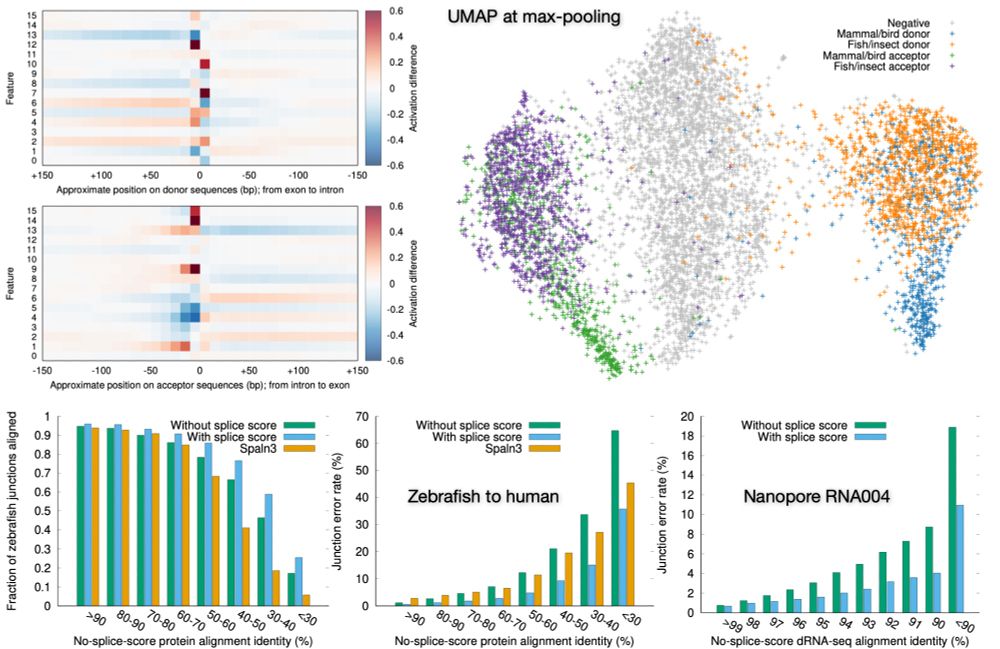
Preprint on "Improving spliced alignment by modeling splice sites with deep learning". It describes minisplice for modeling splice signals. Minimap2 and miniprot now optionally use the predicted scores to improve spliced alignment.
arxiv.org/abs/2506.12986
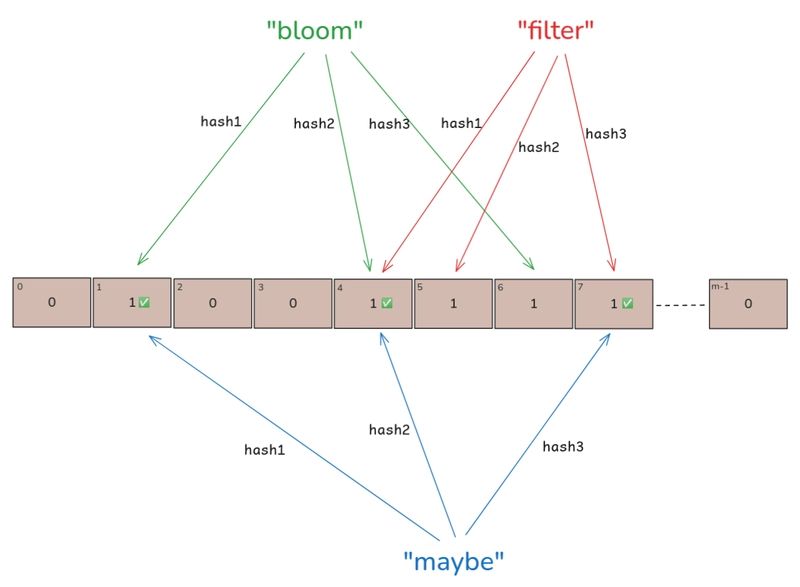
Probabilistic Data Structures in Go: Building and Benchmarking a Bloom Filter
#golang
dev.to/umangsinha1...
Memories of the Human #Genome Project at the #Sanger Centre www.annualreviews.org/content/jour...
06.06.2025 05:54 — 👍 0 🔁 0 💬 1 📌 0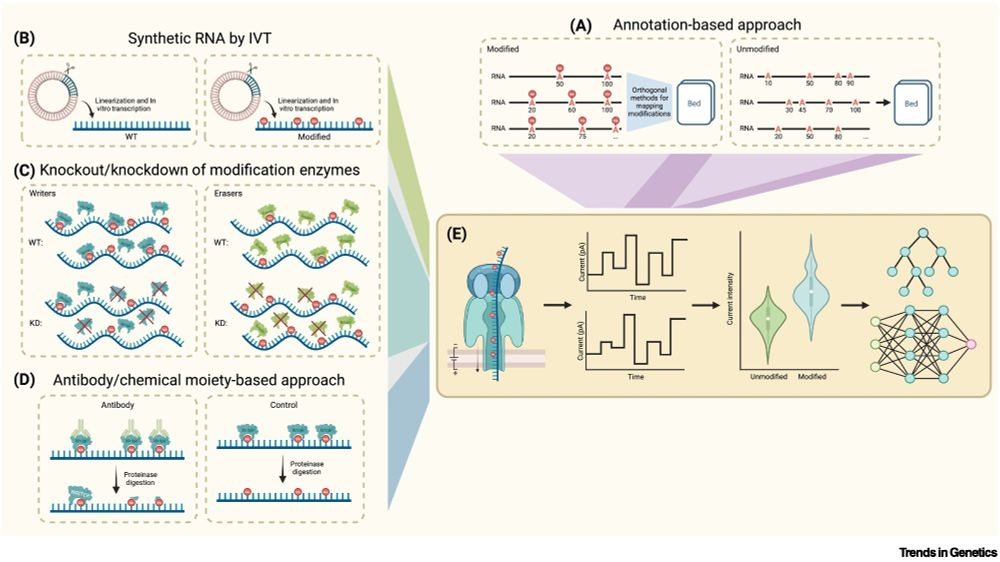
Figure 3. Overview of data sources for RNA modification detection model development
"Investigating RNA Dynamics from Single Molecule Transcriptomes"
by Sarath Chandra Janga & colleagues
"In this review, we examine . . . isoform detection, poly(A) tail length quantification, and mapping of RNA modifications."
FREE till July 24th with this link:
authors.elsevier.com/a/1lC%7EfcQb...

Check out our new preprint on reproducible parallel phylogenetic inference under varying core counts - it also includes a generic method for reproducible parallel associative reduction operations www.biorxiv.org/content/10.1...
05.06.2025 15:14 — 👍 10 🔁 4 💬 0 📌 0Short reads often miss complex isoform dynamics. A new approach published in @natbiotech.nature.com, miniQuant improves quantification by leveraging complementary strengths of long reads and short reads. #LongReads #LongReadTranscriptomics
05.06.2025 13:03 — 👍 3 🔁 2 💬 0 📌 0
#SNP calling, haplotype phasing and allele-specific analysis with long #RNA-seq reads www.biorxiv.org/content/10.1...
30.05.2025 04:53 — 👍 0 🔁 0 💬 0 📌 0Industry friends, now is the time for MUCH more speaking out on behalf of academic colleagues under duress. Here are core open source methods that many of your products doubtlessly depend on either directly or indirectly (see en.wikipedia.org/wiki/HMMER) being abruptly defunded. Make noise.
29.05.2025 14:39 — 👍 75 🔁 50 💬 1 📌 0Genuinely... quite excited about this. I think I might have to install it just for old skool x new school kicks.
(plus - great for controlled cloud environments!)
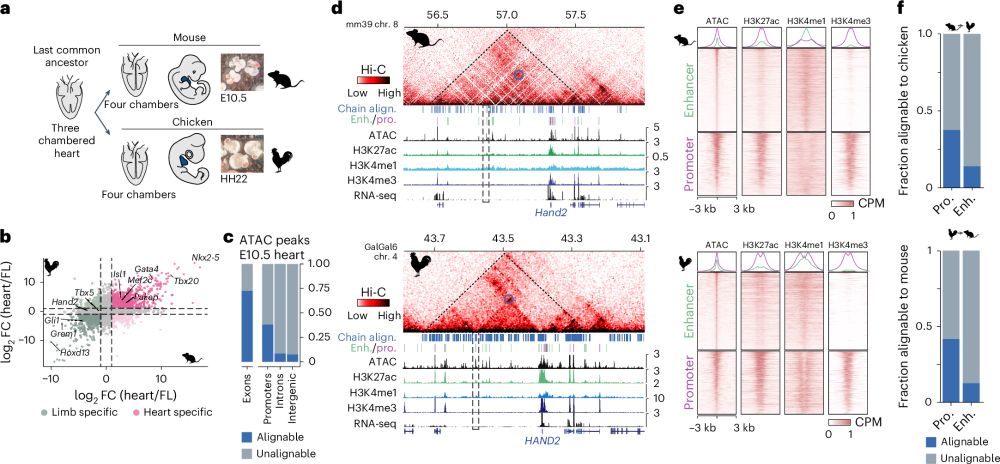
How to find Evolutionary Conserved Enhancers in 2025? 🐣-🐭
Check out our paper - fresh off the press!!!
We find widespread functional conservation of enhancers in absence of sequence homology
Including: a bioinformatic tool to map sequence-diverged enhancers!
rdcu.be/enVDN
github.com/tobiaszehnde...
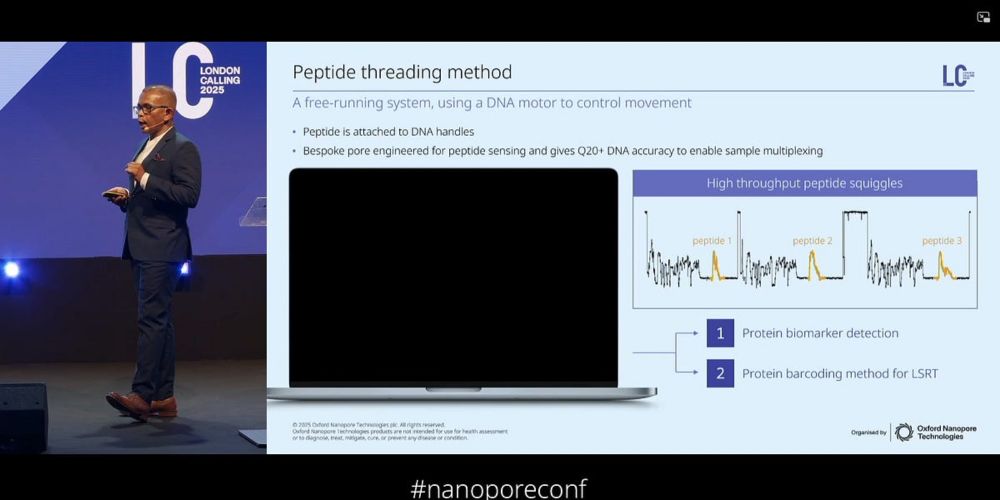
Oxford Nanopore Tech Update LC2025. My full analysis of what this means for NGS and Multi-Omics, including the new Proteomics PoC. open.substack.com/pub/albertvi...
27.05.2025 06:45 — 👍 13 🔁 6 💬 0 📌 0
Thank you to @rsb.org.uk for this fantastic feature in The Biologist, where I get to talk a bit about my team and how I got to where I am right now:
22.05.2025 08:23 — 👍 5 🔁 2 💬 0 📌 0Prior as data, prior as belief, prior as soft constraint, prior as unconditional distribution in a generative model
statmodeling.stat.columbia.edu/2025/05/21/p...
Estimation of substitution and indel rates via k-mer statistics https://www.biorxiv.org/content/10.1101/2025.05.14.653858v1
18.05.2025 04:48 — 👍 9 🔁 7 💬 0 📌 1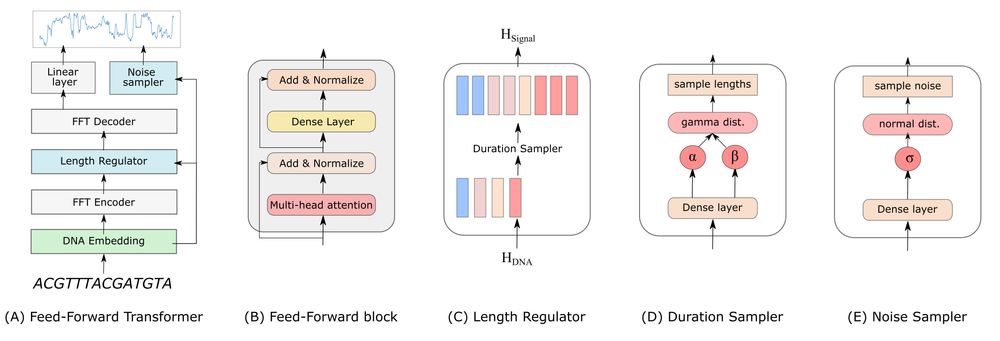
End-to-end simulation of nanopore sequencing signals with feed-forward transformers https://academic.oup.com/bioinformatics/advance-article/doi/10.1093/bioinformatics/btae744/7930676 🧬🖥️🧪 https://github.com/ZKI-PH-ImageAnalysis/seq2squiggle
24.12.2024 08:21 — 👍 9 🔁 5 💬 0 📌 1
Bioinformatics folks: check out our @biorxivpreprint on a new, very efficient and accurate system for automated genome annotation, EviAnn, led by my colleague Aleksey Zimin: www.biorxiv.org/content/10.1...
13.05.2025 17:52 — 👍 56 🔁 25 💬 1 📌 0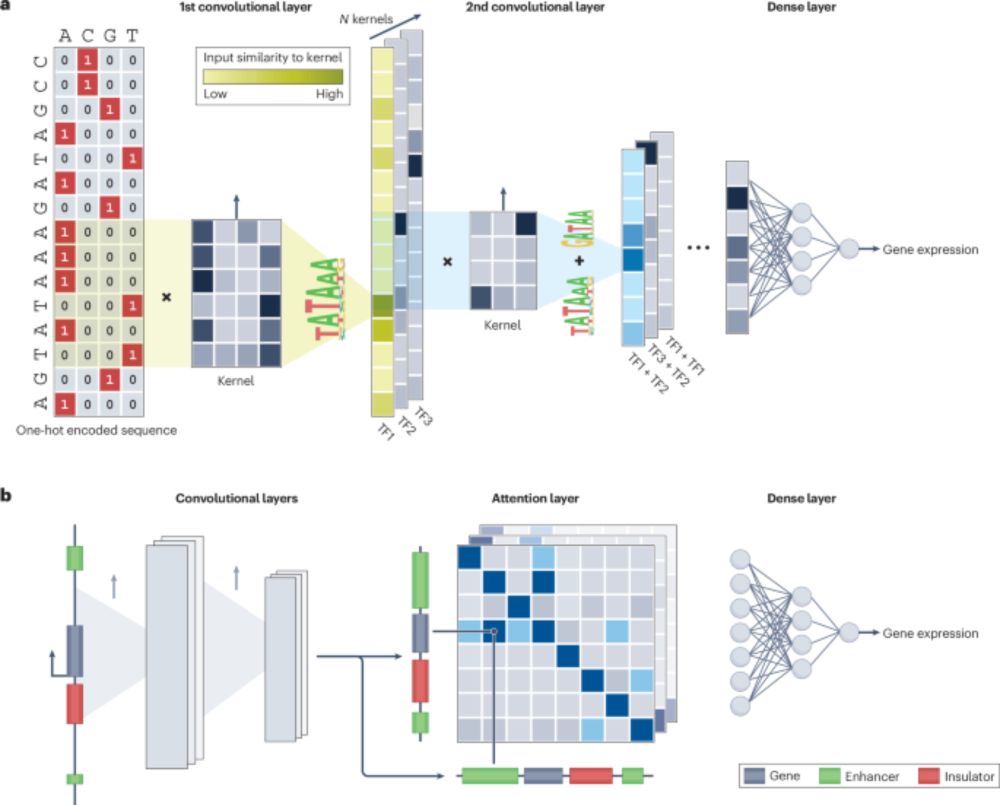
Predicting gene expression from DNA sequence using deep learning models www.nature.com/articles/s41...
13.05.2025 15:21 — 👍 1 🔁 0 💬 0 📌 0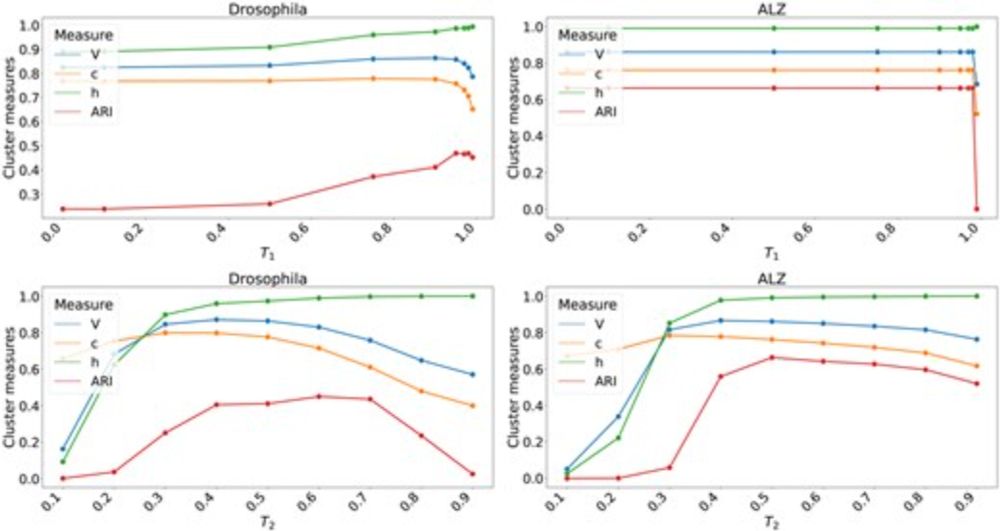
@alexanderjpetri.bsky.social's isONclust3 algorithm is now published doi.org/10.1093/bioi.... isONclust3 performs de novo clustering of long-read cDNA sequencing data. A key step in reference-free transcriptome analysis.
08.05.2025 13:04 — 👍 11 🔁 6 💬 1 📌 0
Building better #genome #annotations across the tree of life genome.cshlp.org/content/35/5...
02.05.2025 18:49 — 👍 0 🔁 0 💬 0 📌 0
New work from Matti Turtola showing that mRNA poly(A) tail length is controlled by a kinetic ruler. A real pleasure to work with him!
www.biorxiv.org/content/10.1...